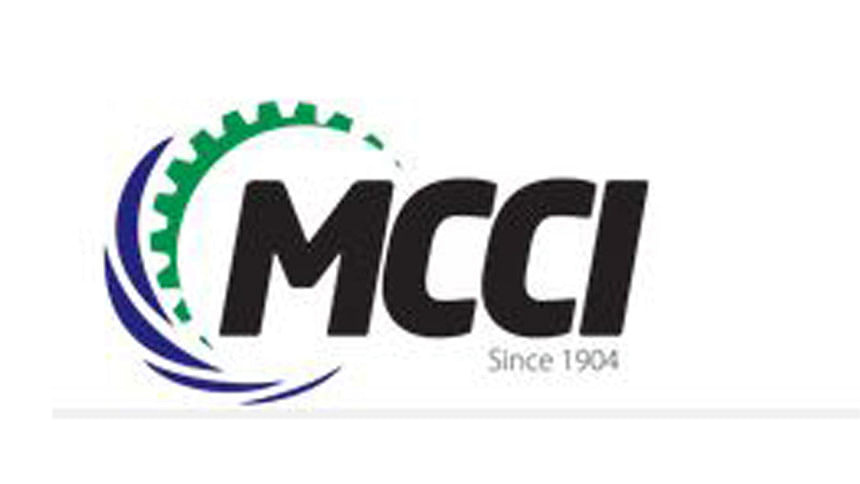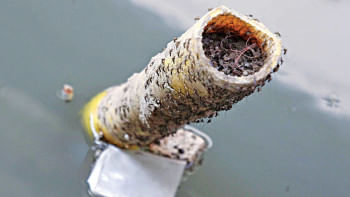MCCI for taka-rupee trade with India

The Metropolitan Chamber of Commerce and Industry (MCCI) yesterday proposed introducing a currency swap facility enabling use of both the Bangladeshi taka and the Indian rupee to increase bilateral trade.
The chamber also recommended a dual currency credit card and the free flow of the two currencies without any cap in case of bilateral trade regardless of Bangladesh's export performance.
The MCCI also proposed harmonisation of standards of the Bureau of Indian Standards (BIS) with those of the Bangladesh Standards and Testing Institution (BSTI) to promote and bring ease to the trade.
The chamber also recommended a dual currency credit card and the free flow of the two currencies without any cap
Md Saiful Islam, the MCCI president, came up with the proposals at the second quarterly luncheon meeting of the MCCI held at its Gulshan office in Dhaka. Indian High Commissioner to Bangladesh Pranay Verma attended the event as chief guest.
Islam also said the currency swap, meaning Bangladesh receiving payments in the taka and India in the rupee, would not involve any third currency.
In the South Asian region, trade between Bangladesh and India has been growing in spite of the severe fallouts of the Covid-19 and Russia-Ukraine war, he said.
Furthermore, India is the 10th largest investment destination for Bangladesh and Bangladesh is the fourth largest export destination for India globally, he added.
The signing of a comprehensive economic partnership agreement (Cepa) will act as a game changer in bilateral trade and investment in the future, said Islam.
The signing of a Cepa may take the bilateral trade to $50 billion per annum from $12 billion at present, he said.
In recent years, the trade balance has been decreasing, especially imports from India, for a shortage of the US dollar and severe fallouts of the war, said Islam.
In fiscal year 2020-21, the bilateral trade amounted to $10 billion and in fiscal year 2021-22 it jumped to $18 billion, he said.
But in fiscal year 2022-23, it decreased to $12.25 billion, meaning that it underwent a 31 per cent year-on-year fall, Islam said.
The import of cotton from India decreased 59.6 per cent, food grain 44 per cent and mineral and other energy 25 per cent last fiscal year, he said.
Meanwhile, export of woven garments increased 70 per cent and knitwear 38 per cent, Islam said.
He also suggested for enabling more connectivity on a sub-regional basis.
Some regional initiatives like the South Asian Free Trade Area, Bay of Bengal Initiative for Multi-Sectoral Technical and Economic Cooperation, and Bangladesh Bhutan India Nepal motor vehicles agreement are not functioning well for the growth of trade, he said.
Syed Nasim Manzur, a former MCCI president, made three suggestions which includes the standards harmonisation, explaining that mutual recognition could be a huge game changer for bilateral trade.
The other two are for introducing a work permit visa for Bangladeshis in India and for launching a working group involving the Indian high commission and MCCI to discuss bilateral trade issues and for connecting businesses.
Verma said in the last five years, bilateral trade has more than doubled, and Bangladesh's exports to India have now crossed the $2 billion mark for the first time.
He noted that as Bangladesh moves forward to make an important economic graduation to become a developing country in 2026, the negotiations for the Cepa would create a new institutional framework for leveraging the economic opportunities emanating from the transforming economies.

 For all latest news, follow The Daily Star's Google News channel.
For all latest news, follow The Daily Star's Google News channel. 



Comments